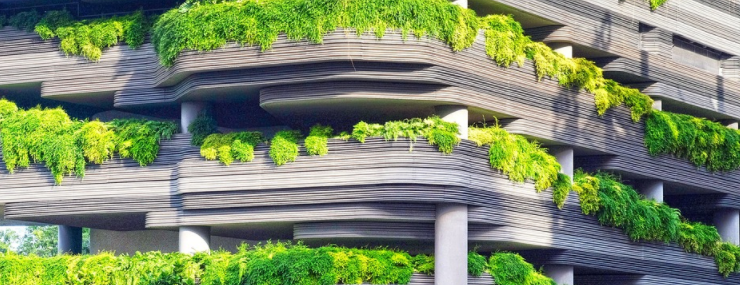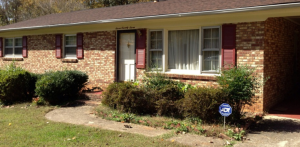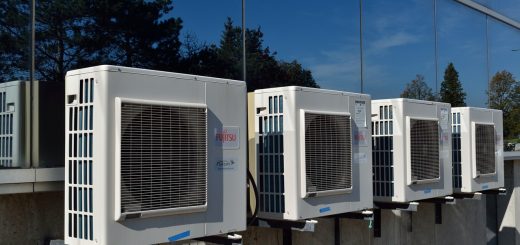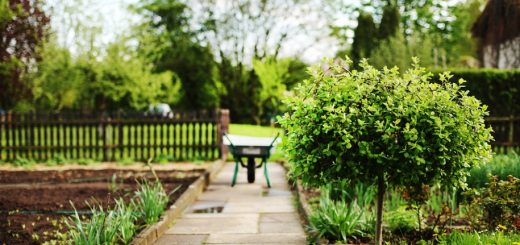What You Need To Know About Aggregate Concrete
Fair-faced concrete is a type of decorative concrete in which cement aggregates, mainly pebbles and small stones, are exposed, unlike the traditional smooth surface concrete. Hence, the detailed care tips can be found here.
Techniques of Aggregate Concrete
 Exposed aggregate concrete adds visual interest to a surface due to its random arrangement and different colors. It is an economical approach to give an attractive appearance to old or new concrete. In addition to appearance and reasonable price, exposed aggregate concrete also offers the main feature of concrete: durability. It has virtually infinite texture and color options, allowing for an individual look. Except for the occasional cleaning and finishing seal, this alternative requires very little maintenance. Its rough surface poses less risk than brushed concrete. This process requires fewer tools or additional materials than other options. This method is easier to learn and discover than other decorative concrete techniques.
Exposed aggregate concrete adds visual interest to a surface due to its random arrangement and different colors. It is an economical approach to give an attractive appearance to old or new concrete. In addition to appearance and reasonable price, exposed aggregate concrete also offers the main feature of concrete: durability. It has virtually infinite texture and color options, allowing for an individual look. Except for the occasional cleaning and finishing seal, this alternative requires very little maintenance. Its rough surface poses less risk than brushed concrete. This process requires fewer tools or additional materials than other options. This method is easier to learn and discover than other decorative concrete techniques.
This technique was used at the beginning of the 20th century but remains popular today as manufacturers have discovered more innovative applications. The cement should be hit about 5-9 mm below the required surface level until the aggregates are evenly distributed within it, and the surface is hit. This method is ideal for smaller jobs such as terraces and garden paths. When choosing a decorative aggregate, do not forget that the aggregate type determines the color range of this surface and affects the work’s total cost. There is a wide range of economic aggregates available that give fantastic results. In addition to color, hardness, size, durability, and shape, locally produced aggregates should also be considered as easily available and therefore more affordable.
Design of Aggregate Concrete
 Even more spectacular effects can be achieved with exposed aggregates using innovative methods, such as contrasting different aggregates or altering smooth surfaces with regions processed with exposed aggregates. Some use strips of concrete with wood as dividers to create accents. The possibilities in terms of design are almost unlimited. From what you can be sure of, this procedure will give you better value for money. The use of concrete to construct commercial properties is much more preferable than the vast collection of additional building materials for its many environmental and ecological advantages.
Even more spectacular effects can be achieved with exposed aggregates using innovative methods, such as contrasting different aggregates or altering smooth surfaces with regions processed with exposed aggregates. Some use strips of concrete with wood as dividers to create accents. The possibilities in terms of design are almost unlimited. From what you can be sure of, this procedure will give you better value for money. The use of concrete to construct commercial properties is much more preferable than the vast collection of additional building materials for its many environmental and ecological advantages.
Concrete comprises three materials: concrete, water, and a sterile aggregate such as sand. The most effective concrete is tested at maximum density, which can be done by reducing the substance and water aggregate and increasing the cement content. Perhaps if it only takes a few days a week to be satisfactorily ironic, the cement’s residual moisture will react and spread the cement and aggregate together, resulting in a denser and more solid layer over the years. Non-porous mold reduces the likelihood of mold growth. All concrete requires little maintenance but should be checked by a repair technician. If cracks appear, simply contact a local professional and apply concrete lifting and recovery.





